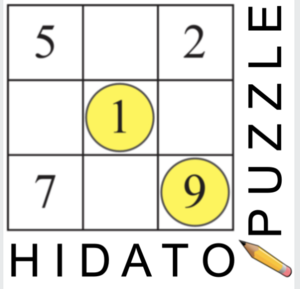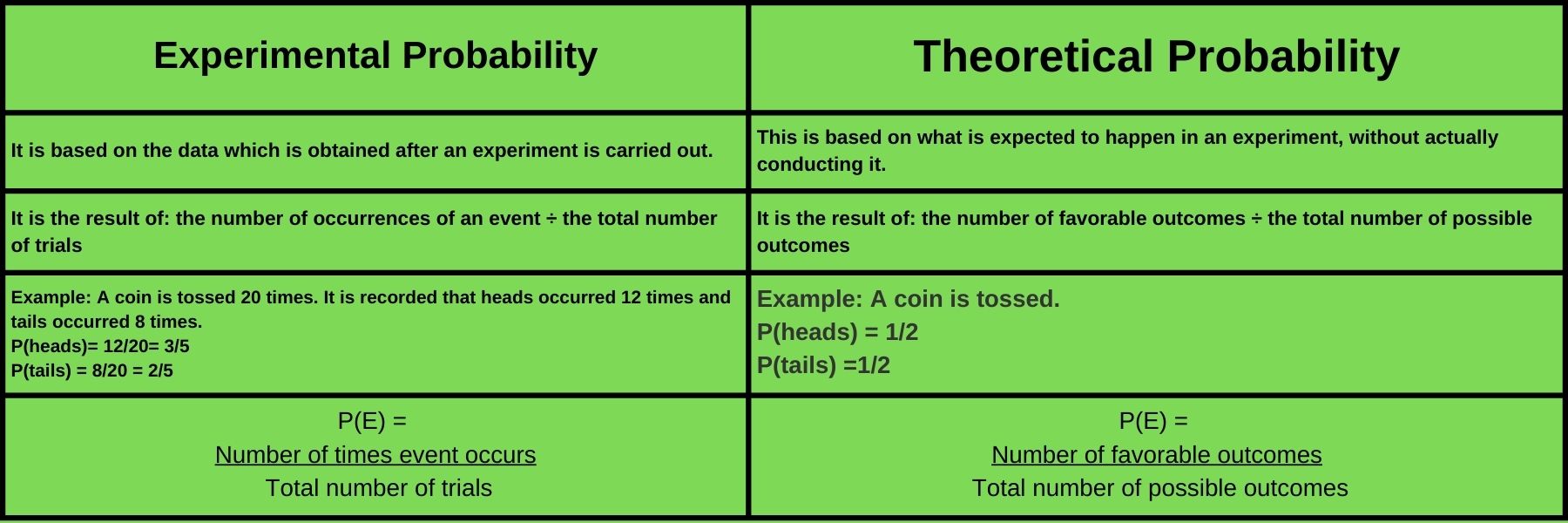
Hidato Puzzles (or Hidoku Puzzles) are the creation of Dr. Gyora M. Benedek, an Israeli mathematician. The Hebrew word “hida” means riddle. In a hidato puzzle, you are given a grid with a selection of the numbers already filled in.
Spark your math thinking!
1. Set up your math mini spark recording page: #107: Hidato Puzzles
2. Watch THIS VIDEO and write down, in your own words, how to solve a Hidato Puzzle. A sample sentence can be found at the end of this post.
3. Visit THIS SITE and get some additional information about Hidato Puzzles, as well as some tips for solving them. Write down 3 tips on your recording page.
4. Try solving some Hidato Puzzles on your own! THIS LINK will take you to several puzzles at varying difficulty levels. Work with your EY Coordinator to decide how many you need to complete to finish this Mini Spark.
5. Share your math mini spark recording page with your teacher/EY coordinator.
Want to go further? You can by earning the Hidato Puzzle Badge! Check out the requirements HERE. NOTE: Scroll to the bottom of the page.

Sample Sentence: One can solve a Hidato Puzzle by connecting numbers in ascending order (starting at 1) to the next number either horizontally, vertically, or diagonally.









 Storytelling has been an important part of human cultures for a very long time. For thousands of years, storytelling was the main way to pass on cultural knowledge and beliefs from one generation to the next. Stories teach and entertain, which has helped keep traditional ways of life going. Cultural ideals, medical practices, folk wisdom, historical accounts, and religious beliefs have all been shared through stories told by many people over the centuries. Storytelling is still important today, even though the ways stories has evolved.
Storytelling has been an important part of human cultures for a very long time. For thousands of years, storytelling was the main way to pass on cultural knowledge and beliefs from one generation to the next. Stories teach and entertain, which has helped keep traditional ways of life going. Cultural ideals, medical practices, folk wisdom, historical accounts, and religious beliefs have all been shared through stories told by many people over the centuries. Storytelling is still important today, even though the ways stories has evolved. 


